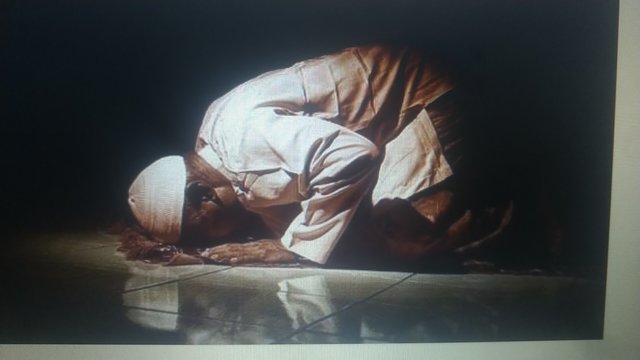Importance of prayer(namaz) in our life
The mark of Adam
Adam and his wife Eve were unique (there was no one like them) because God made them with His own hands and they lived in the Garden of Eden. In the original Hebrew language, Adam means "clay" which means that he was created from earth or clay. The rest of humanity is from Adam and Eve. They are the "head" of the human race and an important symbol for us. I considered two parallel references to Adam, from the Qur'an and one from the Book of Genesis, the first book of the Torah.
When I read these references. The first observation I made was that there were similarities between these references. The characters in these two references were the same (Allah Almighty, Adam, Eve, and Satan). In both references, the place (Garden of Paradise) was also the same. In both passages, Satan lied to Adam and Eve and deceived them. In both of these passages, Adam and Eve covered their nudity with olive leaves. In both of these passages, God spoke to them and judged them. In both these passages, Allah looks kindly on Adam and Eve and provides them with clothes. So that they may hide their nakedness.
![P_20210409_002136.jpg]
( )
)
How to pray
Takbir (standing) - Posture 1: Salah starts with standing posture called Takbir; At the Beginning the individual raises his hands to the level of his ears See figure 1.
Qayyam (standing) - Posture 2: Lowering of the hands to the waist, shoulders relaxed, encouraging relaxed breathing. Upon standing the body weight is evenly distributed on both feet between the calcaneus and the distal end of the metatarsal bones See figure 2
Ruku (bowing) - Posture 3: Bowing with hands rested on the knees and the back held straight for a few seconds followed by the person rising back to an erect posture See figure 3.
Qayyam (standing) - Posture 4: After (Bowing) forward bending and returning to standing position See figure 4.
Duration 5 to 6 sec.
Sajdah (prostration) - Posture 5: The individual goes down on his/her knees and rests his/her hands and forehead on the ground in prostration known as Sajdah or Sujud. Seven body parts remain in contact with the floor See figure 5.
Jalsa/Tashahhud (sitting) - Posture 6: Muscles at the front of the ankle and foot are stretched, with toes extended and the knees and hip flexed. The lower back’s good posture will help to strengthen the core muscles See figure 6.
Jalsa (sitting) - Posture 8: The patient is sitting on floor in kneeling position for a little longer before the end of prayer See figure 7
Salam: Posture - 9: Salah ends with turning the head to each side (right and left) See figures 8,9.